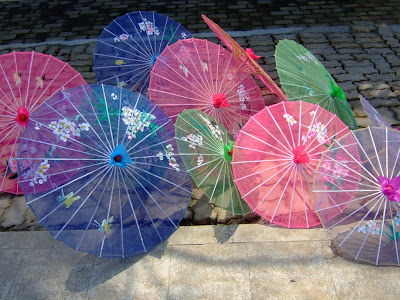A report issued by the President's Cancer Panel endorses eating fruits and vegetables without pesticides to reduce your risks of cancer and other diseases. A group of scientists and policy makers came up with two lists, a “Dirty Dozen” and the “Clean 15,” which will help consumers figure out when to buy organic. The produce on the Dirty Dozen list tested positive for as many as 67 different chemicals, while the Clean 15 had little or no pesticides. These lists were assembled using data from the US Department of Agriculture on the amount of chemicals that remained on non-organic fruits and vegetables after washing them. This research is disheartening to say the least. Many Americans can't afford to buy organic, and we shouldn't be afraid to eat an apple, or strawberries sold at the supermarket. Surely we can do better. Hopefully, the report is sounding an alarm to change the way we farm and harvest produce in our country. Meanwhile if you want to be safe, buy “certified organic” from The Dirty Dozen list. Also in my family, we stick to eating fruits and vegetables that are in season. Another option is to buy local.
You may also enjoy:
The Dirty Dozen: Buy Organic
celery
peaches
strawberries
apples
domestic blueberries
nectarines
sweet bell peppers
spinach, kale and collard greens
cherries
potatoes
imported grapes
lettuce
|
The Clean 15: No Need to Buy Organic
onions
avocados
sweet corn
pineapples
mango
sweet peas
asparagus
kiwi fruit
cabbage
eggplant
cantaloupe
watermelon
grapefruit
sweet potatoes
sweet onions
|

























